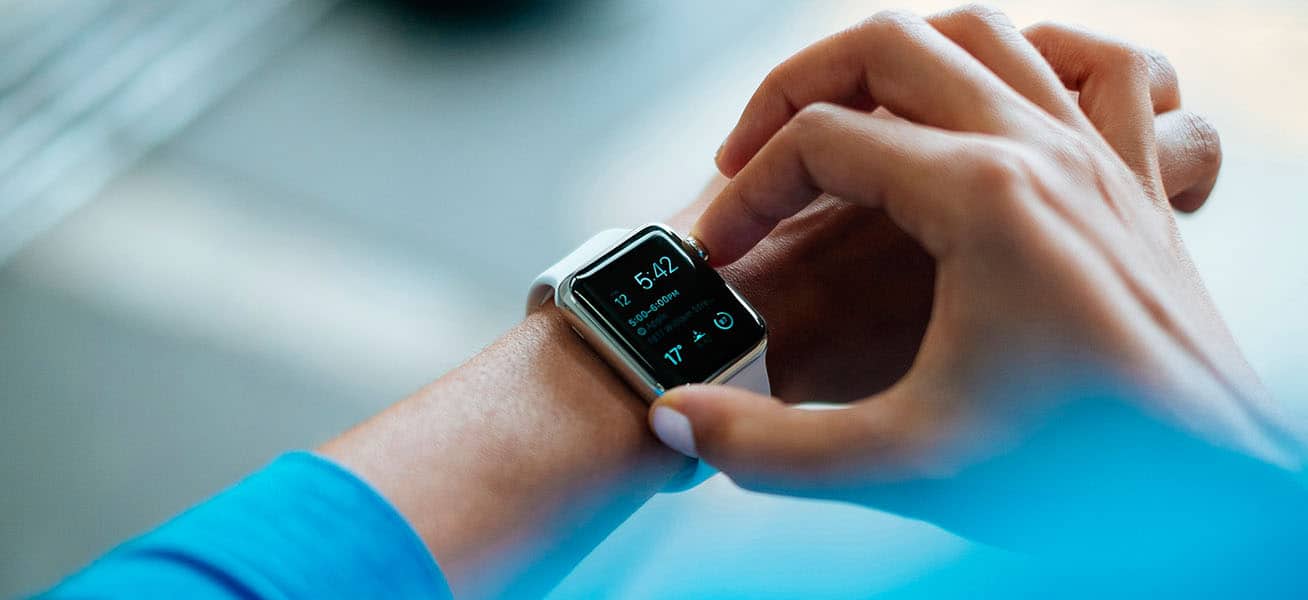5 types of technology being used to improve people’s health
Ahead of the course eHealth: Combining Psychology, Technology and Health, the team from the University of Twente share some of the must-know types of tech that are being used in improving health today.
Ahead of the course eHealth: Combining Psychology, Technology and Health, the team from the University of Twente share some of the must-know types of tech that are being used in improving health today.

The role of technology within our daily lives is increasing rapidly. We use the internet to buy new clothes, get in touch with old friends – or make new ones -, and even to attend to our financial affairs. Many people use technology to support their health as well. This is called eHealth – the use of information and communication technology to support health, wellbeing and healthcare. But what kind of technologies can we use to improve our health and healthcare?
Apps
Apps are a very well-known example of eHealth; most people have tried out an app to improve their mental or physical health at least once. Some apps can teach you relaxation skills, help in monitoring and sticking to diets, or they support you in getting enough exercise. Apps can be used by healthcare workers as well, for example to assist nurses in administering the right medication.
Wearables
Maybe you possess or have seen people wearing devices like the Apple watch, Fitbit, or Pebble. These wearable technologies are often linked to apps that are used to monitor and coaching your health. They can, amongst other things, monitor sleep, movement or heart rate during the entire day. All of the collected data is used to provide you with insight into your health behaviour and give you feedback and tips on how to become even healthier.
Websites
Most of the first eHealth technologies were web-based, and there still are a lot of eHealth technologies that can be accessed via the world wide web. In the Netherlands for example, psychologists prescribe web-based modules to clients with e.g. anxiety disorders or autism. Websites can also be used to help people individually cope with problems like alcohol addiction or depressive complaints. It can also be used in a medical setting: patients with a chronic disease might use online health records where they can maintain health data and information related to their disease, and share it with their doctors.
Virtual Reality
Virtual Reality (VR) is being used more and more in healthcare and healthcare professionals and their patients really seem to like it. Virtual reality is used in medical settings, for example to help relieve pain in children by having them swim with dolphins during or after painful medical procedures. It’s also suitable for helping people overcome their fears since a VR environment can feel very real. An example of this is the treatment of people with a fear of flying by exposing them to a flight in a VR environment.
Videoconferencing
The first studies on videoconferencing in healthcare settings were published many years ago, indicating that healthcare workers have been using it for a long period of time. You’ve probably used a program like Skype or FaceTime, maybe when you wanted to see and speak to someone who was at a different location. These kinds of programs enable people to see each other while having a conversation. General Practitioners use it to have contact with their patients when they, for example, have burns or rashes that they want to show to their GP, or when the patient lives in a remote area. Healthcare professionals use it amongst each other as well, for example when doctors want to consult an expert colleague who’s not working in the same hospital.
As you can see, different kinds of technologies can be used in a lot of different ways to support health, wellbeing and healthcare. Because of all of its possibilities, eHealth is becoming increasingly important in our society – and no doubt will become even more important in future.
Want to find out more about what eHealth is and how it’s developed, implemented and evaluated? Plus get some more examples? Join eHealth: Combining Psychology, Technology and Health.




